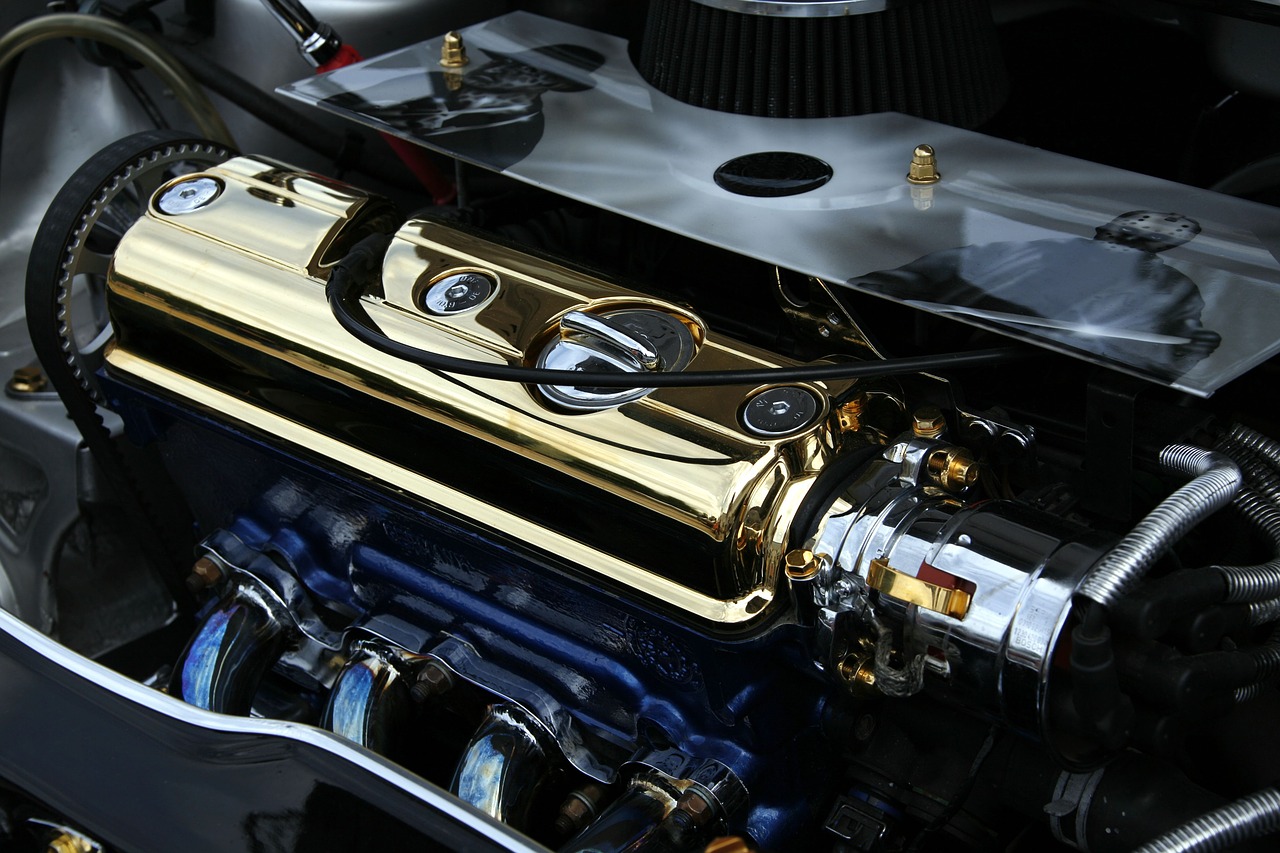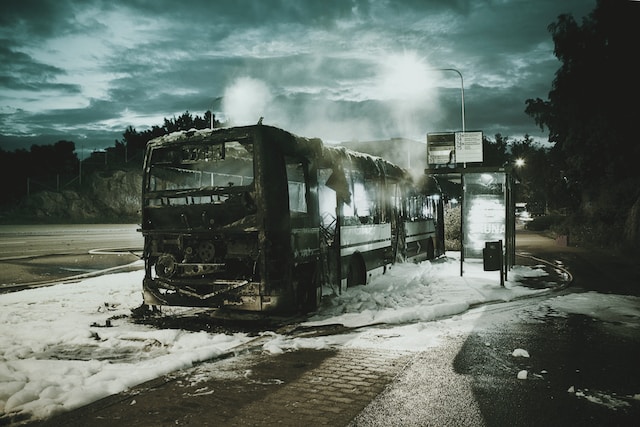Nuclear power is no doubt a cleaner solution to energy production and is also more efficient than its fossil fuel predecessors. But the nuclear waste it generates is extremely hazardous and needs to be handled very carefully. Around the globe, over 200,000 cubic meters of radioactive waste from nuclear power is generated each year.
If not disposed of properly, it can stay harmful for thousands of years. These wastes require sophisticated treatment and management to effectively isolate them from interacting with the biosphere. Currently, waste storage is managed in large cement enclosures that are very expensive.
Researchers at a British university have done a marvelous job developing a new technique that may eliminate radioactive waste by around 90%. By reducing the volume of waste to be stored and buried underground, cost involved in treatment and management can be reduced considerably.
Scientists from the University of Sheffield’s Faculty of Engineering have shown that mixing plutonium-contaminated waste with blast furnace slag and turning it into glass can help in reducing its volume by 85-95%. This technique not only reduces its volume but also effectively locks in the radioactive plutonium, thus creating a stable and safer end-product.
Researchers hope this new technique can also be used in the clean-up efforts of the Fukushima plant that was damaged by the 2011 tsunami that hit Japan.






